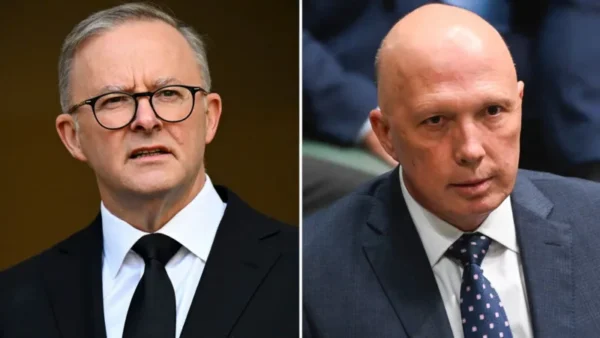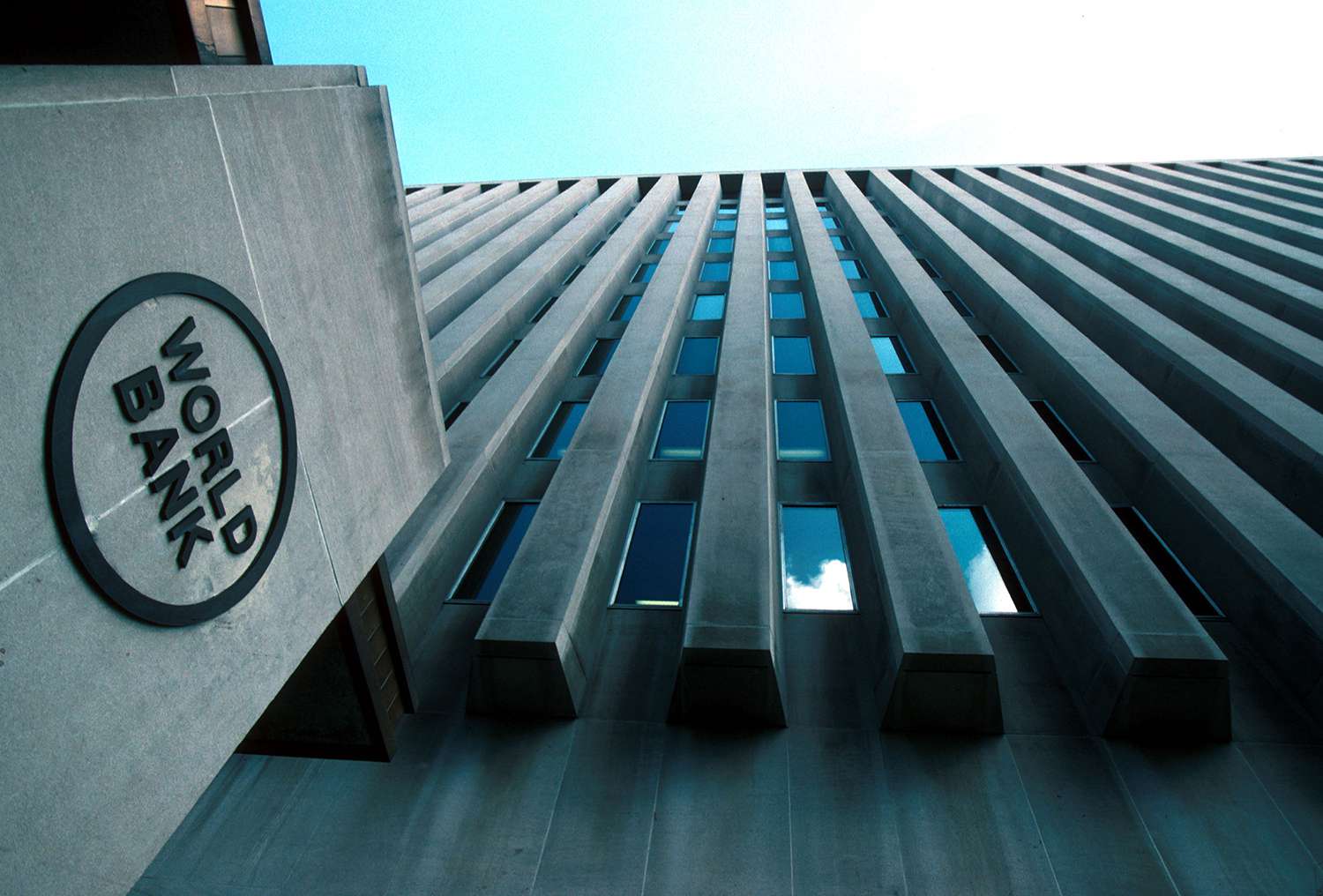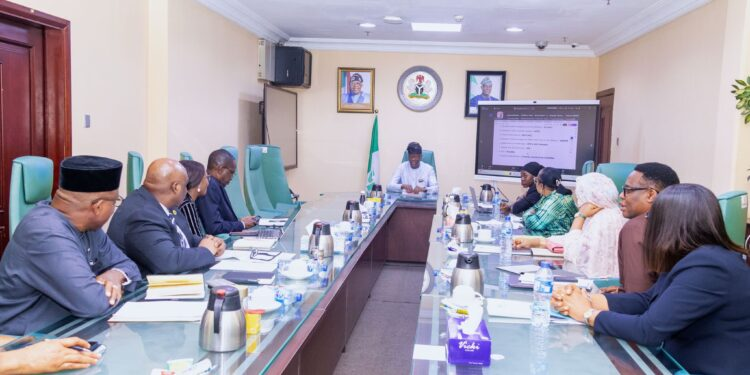Prime Minister Anthony Albanese has officially announced the federal election date, setting the stage for a critical political contest on May 3. The election comes at a pivotal moment for Australia, with the Labor Party seeking to defend its slim majority against a challenging political landscape.
The upcoming election is expected to be closely contested, with opinion polls predicting a narrow margin between Labor and the opposition Liberal-National coalition. Cost of living issues are set to dominate the campaign, with voters deeply concerned about housing affordability, healthcare access, and economic pressures. Prime Minister Albanese has been emphasizing his government’s efforts to address these challenges, including plans for free doctor visits and small tax cuts.
Opposition leader Peter Dutton is positioning himself as an alternative to the current government, arguing that Albanese has failed to improve Australians’ lives. Dutton’s campaign promises include reducing public service size, lowering fuel prices, and improving energy security. The election will ultimately be a referendum on the government’s performance since Labor came to power in 2022, ending a decade of political instability that saw six different prime ministers in eight years.
The political landscape is complex, with independents and minor parties expected to play a significant role. In the last election, these groups secured a record share of the vote, potentially influencing the formation of the next government. To form a majority, a party must win at least 76 of the 150 seats in the House of Representatives, making every vote crucial.
Key issues that will shape the election include economic management, climate action, and social policies. Albanese’s government has already enshrined more ambitious emissions reduction targets and introduced a carbon emissions mechanism, though experts suggest more action is needed. The election also comes in the wake of last year’s failed referendum on Indigenous constitutional recognition, which was a significant political setback for the current government. As Australians prepare to vote in this compulsory election, the choice between continuing with Labor or switching to the opposition will be pivotal in determining the country’s future direction. 







